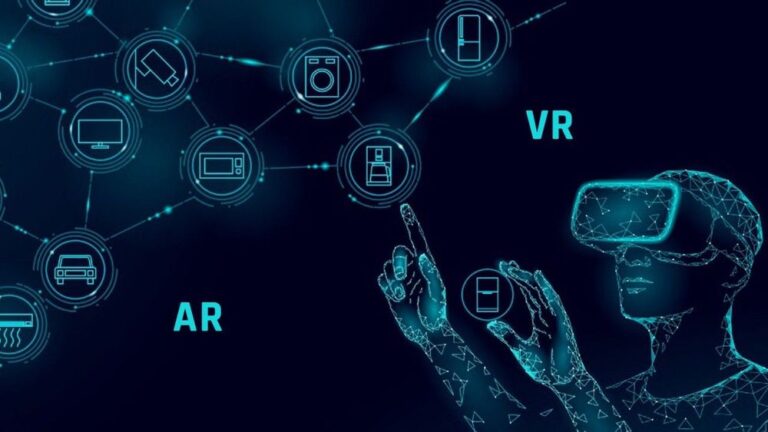What is the Metaverse? A Beginner’s Guide
The term “Metaverse” has gained massive attention in recent years, especially since tech giants like Meta (formerly Facebook), Microsoft, and Apple have made significant investments in it. But what exactly is the Metaverse, and why is it being called the next evolution of the internet?
In this beginner-friendly guide, we’ll break down the concept of the Metaverse, how it works, the technologies behind it, its potential applications, and the challenges that lie ahead.
What is the Metaverse?
The Metaverse is a collective virtual shared space created by the convergence of physical and digital realities. It is essentially a 3D version of the internet — a network of interconnected virtual environments where users can work, play, socialize, shop, and create using avatars and digital identities.
Think of it as a persistent, immersive digital universe where the boundaries between the physical and virtual world are blurred.
Key Characteristics of the Metaverse
- Persistent – Continues to exist and evolve even when you log off.
- Real-time – Operates in real-time like the physical world.
- Interactive – Users interact with environments and each other.
- Economy-driven – Users can buy, sell, and own virtual assets.
- Interoperable – Ideally allows items and currencies to move across platforms.
Technologies Powering the Metaverse
- Virtual Reality (VR) – Immersive headsets for 3D environments.
- Augmented Reality (AR) – Enhances real-world views with digital overlays.
- Blockchain & NFTs – Enable ownership and decentralized transactions.
- 5G & Edge Computing – Allow real-time data processing with low latency.
- Artificial Intelligence (AI) – Powers avatars, automation, and environments.
- Internet of Things (IoT) – Connects physical objects to digital ecosystems.
What Can You Do in the Metaverse?
The Metaverse offers many possibilities:
- Gaming – Immersive platforms like Roblox, Fortnite, and Decentraland.
- Work & Collaboration – Virtual offices and remote team spaces.
- Shopping – 3D stores for physical and virtual goods.
- Education – Virtual classrooms and field trips.
- Socializing – Digital meetups, concerts, and community events.
- Virtual Real Estate – Buy, sell, or rent digital property.
Popular Metaverse Platforms (2025)
- Meta Horizon Worlds – VR social platform from Meta.
- Decentraland – Ethereum-powered virtual real estate and community.
- The Sandbox – User-generated content and gaming metaverse.
- Roblox – Popular UGC platform evolving toward the metaverse.
- Spatial – For virtual meetings and creative collaboration.
Is the Metaverse Safe?
Like any digital environment, the Metaverse has risks:
- Data Privacy – Concerns around biometric and behavioral data collection.
- Harassment – Content moderation and safety are still maturing.
- Addiction – Risk of overuse or unhealthy immersion.
- Digital Divide – Access may be limited by high-end device costs.
The Future of the Metaverse
The Metaverse is still evolving. Over the next 5–10 years, we expect improved interoperability, more immersive content, and broader adoption across industries. As the technology matures, it could become as essential as smartphones or the internet itself.
Conclusion
The Metaverse is more than a buzzword — it’s a potential evolution of how we interact digitally. While it’s still early days, understanding the Metaverse now positions individuals and businesses to take advantage of its immense opportunities in the years ahead.


